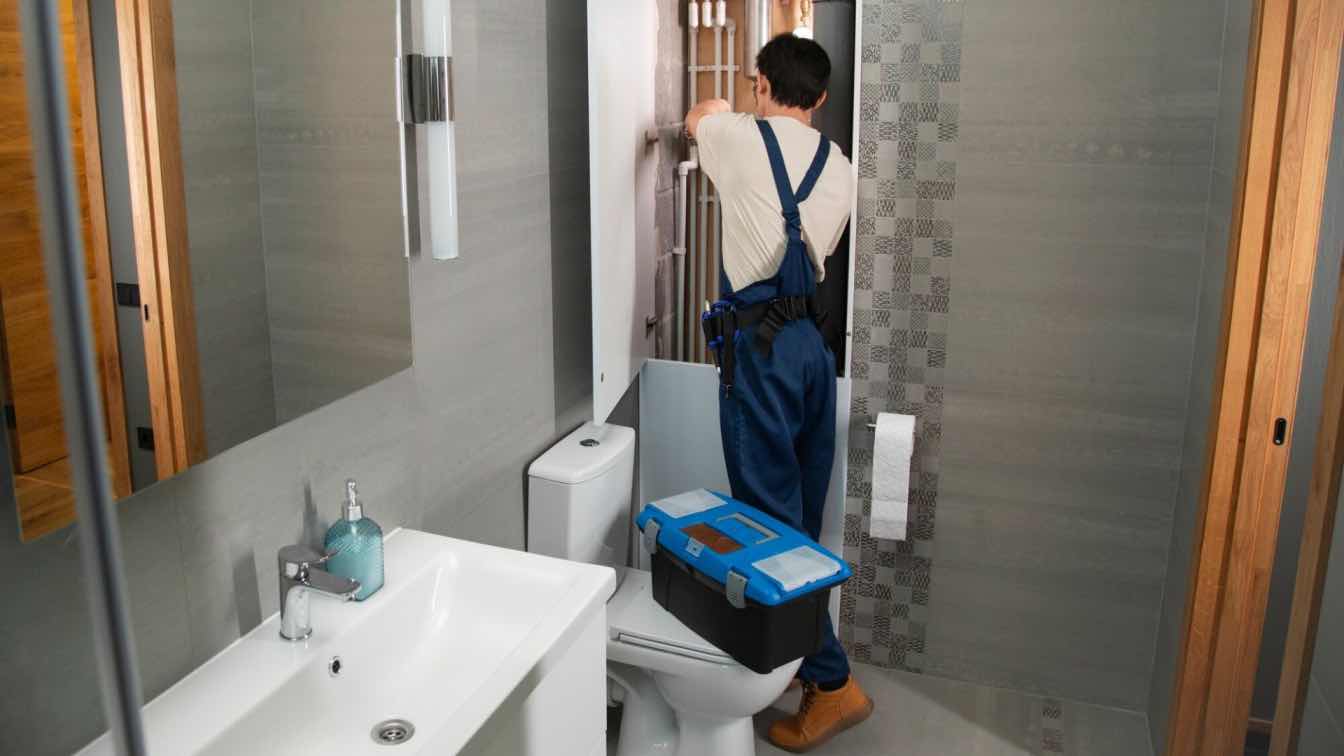Colors wield a profound influence on our emotions, moods, and overall well-being. In the context of the workplace, the role of colors is increasingly recognized as a powerful tool in shaping the atmosphere and influencing productivity. This article explores the significance of colors in office furniture, delving into how thoughtful color choices can transform a workspace into a vibrant and inspiring environment.
Setting the Tone with Hues:
Colors set the tone for the entire workspace, influencing the mood and energy of employees. Warm tones like reds and oranges can evoke feelings of energy and passion, while cooler tones such as blues and greens promote a sense of calm and focus. Thoughtful color selections in office furniture contribute to establishing the desired ambiance within the workplace.
Boosting Productivity with Energizing Colors:
Certain colors have the power to energize and stimulate creativity. Incorporating vibrant and energizing colors, such as shades of yellow or orange, into office furniture can contribute to a dynamic atmosphere. These colors are known to enhance mood and promote a positive, proactive mindset, ultimately boosting productivity and creativity among employees.
Creating Calm and Focus with Soothing Tones:
In areas where concentration and focus are crucial, soothing tones play a key role. Blues and greens are often associated with tranquility and concentration. Using these colors in office furniture, especially in spaces dedicated to individual work, helps create an environment conducive to focused tasks and mental clarity.
Expressing Brand Identity through Colors:
The colors chosen for office furniture can also serve as a visual representation of the organization's brand identity. Incorporating brand colors into furniture design creates a cohesive and unified look that reinforces brand recognition. This integration fosters a sense of identity and belonging among employees.
Encouraging Collaboration with Vibrant Accents:
Collaborative spaces benefit from the strategic use of vibrant accent colors. Bold and dynamic hues in communal areas, such as meeting rooms or collaborative workstations, can stimulate creativity and encourage communication. These pops of color can act as visual cues for teamwork and idea exchange.
Personalizing Workspaces with Individual Preferences:
Individual workspaces can be personalized with colors that resonate with the preferences of employees. Allowing individuals to choose or customize their office furniture colors promotes a sense of ownership and comfort. Personalized workspaces contribute to employee satisfaction and a positive work environment.
Balancing Neutrals for Timeless Sophistication:
While vibrant colors have their place, a balance with neutrals is essential for achieving a timeless and sophisticated look. Neutral tones like grays, whites, and beiges in office furniture provide a versatile backdrop that complements a variety of color schemes. This balance ensures a cohesive and aesthetically pleasing overall design.
Adapting to Cultural and Regional Influences:
Colors can have cultural and regional associations, and considering these influences is crucial in a globalized workplace. Understanding the cultural significance of colors allows organizations to create inclusive environments that respect and celebrate diverse perspectives. Thoughtful color choices in office furniture contribute to a harmonious and culturally sensitive workplace.
Conclusion:
The role of colors in office furniture extends far beyond mere aesthetics; it is a strategic and impactful element in creating a vibrant and inspiring workplace. By understanding the psychological effects of colors, organizations can leverage this tool to influence the mood, productivity, and overall atmosphere of their workspace. Whether through energizing hues, soothing tones, brand identity expression, collaborative accents, personalized workspaces, balanced neutrals, or cultural considerations, the colors chosen for office furniture play a pivotal role in shaping a workspace that not only looks good but also enhances the well-being and performance of its occupants.





